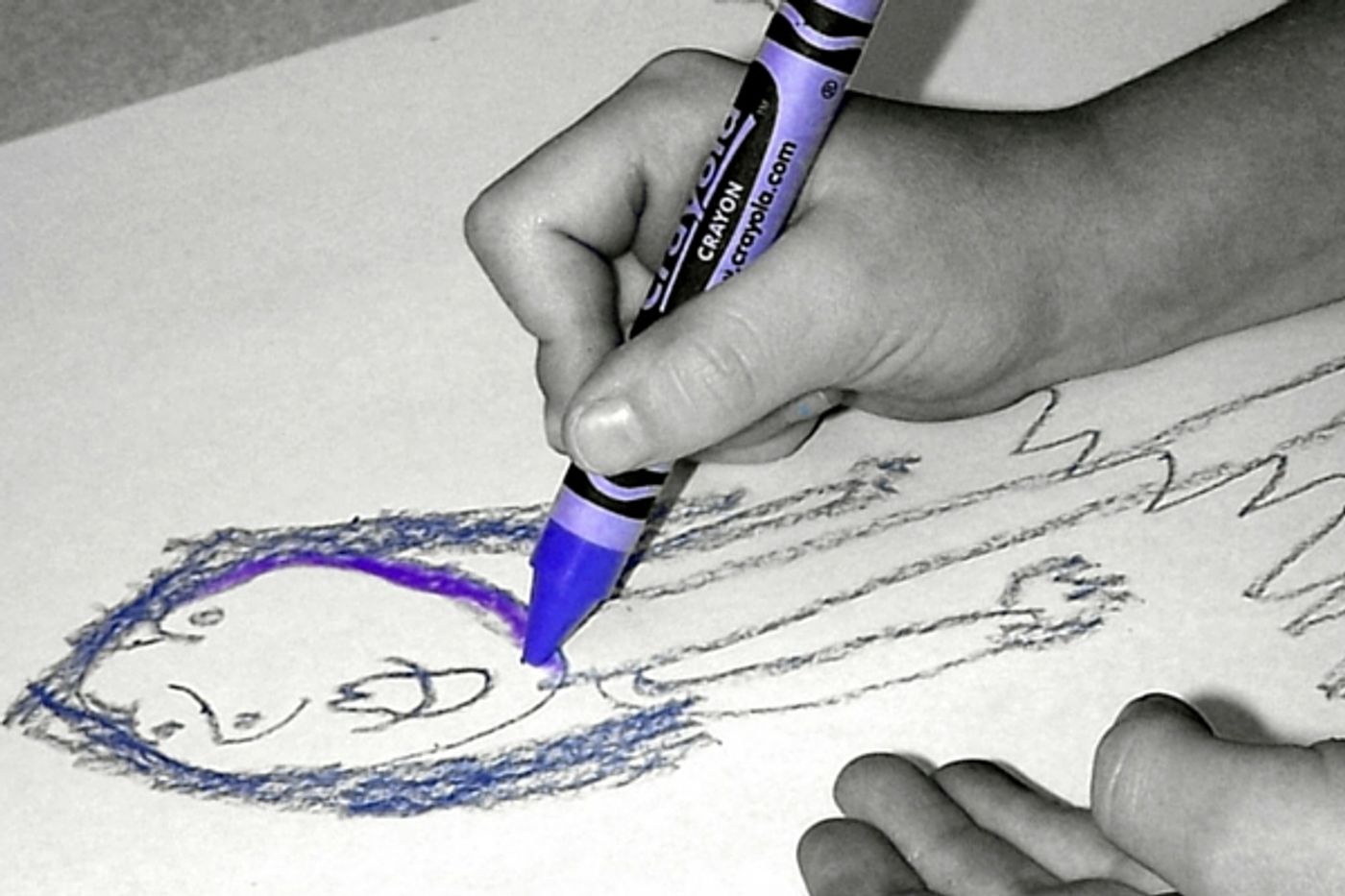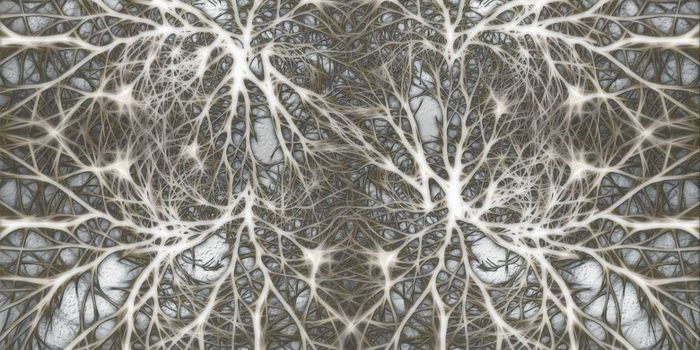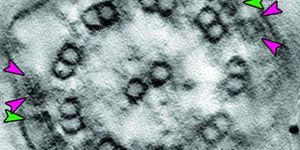There are a lot of tips and tricks that people use to remember important information. Some advise repeating a person’s name three times, verbally, if remembering names is difficult. Other tricks involve associating a rhyming word with a certain memory, or visualizing a picture of a task or event that shouldn’t be forgotten. Of course there are always electronic apps on a smartphone or computer calendar reminders, but keeping some information in the working memory of the brain is necessary when a cell phone is out of reach.
New research from scientists at the University of Waterloo has shown that drawing actual pictures of information that needs to be retained is an effective method to keep something firmly in working memory and accessible when needed.
The study’s lead author, Jeffrey Wammes, a PhD candidate in the Department of Psychology at Waterloo, said in a press release, “We pitted drawing against a number of other known encoding strategies, but drawing always came out on top. We believe that the benefit arises because drawing helps to create a more cohesive memory trace that better integrates visual, motor and semantic information.”
The study was published recently in the Journal of Experimental Psychology. It was relatively simple, but the results showed a significant benefit to drawing something to remember it. In all of the groups, the scientists started with a list of 80 simple nouns. Words like “peanut” “shoe” “fork” “kite” “apple” and “table” were projected on to a screen, in a random selection of 30 of the original 80 words. All the words were chosen because they were easy to both spell and draw. Participants were given instructions to either draw a picture of the word, or write it down repeatedly and they had 40 seconds per word. Once 30 words had been shown, the volunteers were given what is a called a “filler task.” The filler task was completely unrelated to the study, it was just to get the brain working and thinking in another direction. The participants listened to random tones and had to categorize them has high, low or medium. After rating the tones, they were then re-directed to the list of objects they had seen in the first part of the experiment and asked to write down as many of them as they could recall.
The results left no room for doubt that drawing the words was a superior method of ensuring better recall. Participants were able to recall twice as many of the drawn words as the written words. The study authors call this “the drawing effect.” The quality of the drawings did not seem to matter either; even a very rudimentary drawing of a stick-like figure with three lines for tines was enough for someone to remember the word “fork” and a simple circle with a string helped volunteers remember balloon twice as often as writing the word “balloon” multiple times.
The study only used single words, no phrases or sentences, but the team hopes to expand the research to see if it adding multiple words bears out the drawing effect. Check out the video below to learn more about this research on how memory works.









